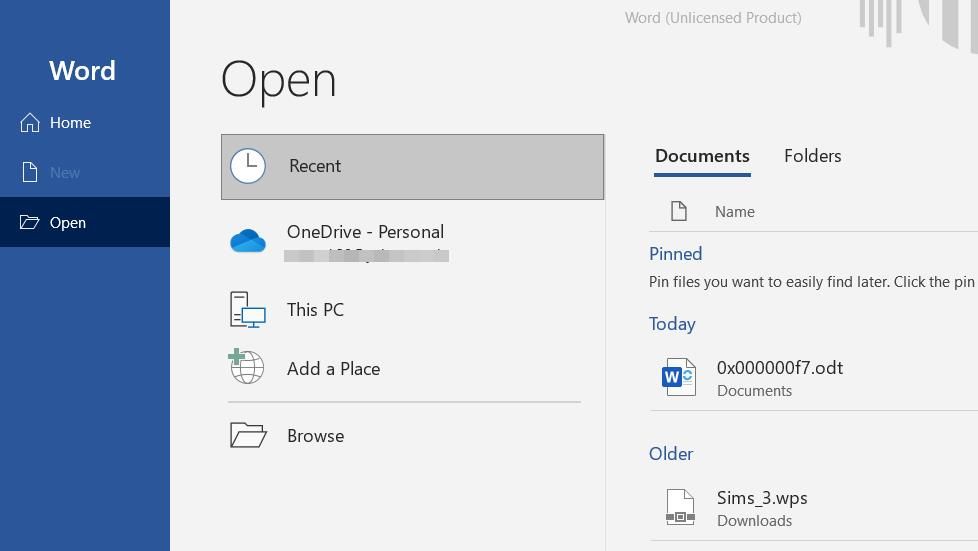In today’s online era, efficiency and productivity are crucial, particularly when it involves tasks related to data handling and analysis. WPS Office, a versatile office suite, offers users robust tools to boost their work process, and one of its notable features is the use of automated scripts in WPS Spreadsheets. Macros can significantly streamline repetitive tasks, enabling users to focus on more important activities, making them an invaluable resource for both single users and businesses alike.
Understanding the methods to effectively leverage the power of these automated scripts in WPS Spreadsheets can revolutionize the way you manage data. From simple actions like formatting a report to complex data calculations, these tools save time and reduce human error. This article will guide you through the benefits and practical applications of macros in WPS Office, helping you unlock the complete potential of your data management experience.
Understanding Macros in WPS
Macro Functions in WPS Office are robust tools that enable users to automate repetitive tasks inside spreadsheets. By capturing a sequence of actions, users can produce scripts that perform these tasks with just a one command. This feature not only saves time but also enhances productivity, making it simpler to oversee large collections of data.
Creating a macro in WPS Office involves a simple process. Users can open the macro feature through the Developer tab, where they can choose to record a new macro or write one using the Visual Basic for Applications syntax. This flexibility accommodates both beginner users who favor a graphical approach and advanced users who seek increased customization through coding.
Once recorded, macros can be conveniently modified and shared. Users have the option to assign macros to buttons or hotkey shortcuts, allowing for quick access. Additionally, by saving macros in personal or shared workbooks, teams can collaborate more efficiently, ensuring that time-saving tasks are accessible to all users in a collaborative project.
Creating Your First Macro
To start creating your beginning macro in WPS Office, initially ensure you have a solid idea of the process you want to streamline. Macros can ease recurring actions, streamline workflows, and free up a substantial sum of time. Open your WPS Spreadsheet, then navigate to the “Dev” tab, which is crucial for accessing macro functionalities. If you do not see the Developer tab, you can enable it in the settings under the Ribbon options.
Once you are in the Dev tab, click on the “Start Recording” option. A dialog box will appear, prompting you to label your macro and set it a shortcut key if desired. It is a recommended practice to include a meaningful name that indicates the purpose of the macro. After setting this up, you can begin logging your actions. Perform the sequence of tasks you want the macro to imitate, whether it’s adjusting cells, performing calculations, or creating charts.
After finishing your desired actions, select on “End Recording”. Your macro is now developed and saved for later use. To execute your macro, simply return to the Dev tab and select “My Macros”. You will see a collection of your created macros. Select the one you just created, and press “Execute”. This procedure not only saves time but also allows you to enhance efficiency in your routine spreadsheet tasks within WPS Office. wps官网下载
Best Practices for Script Development
As you creating automations in WPS Office, it is important to start with specific objectives. Define what tasks need automation and ensure that you have a comprehensive understanding of the procedure. This clarity will assist you in writing efficient code tailored to your specific needs. Spend the time to map out the steps involved, as this can help in predicting any likely issues that may arise during the macro’s execution.

A further crucial aspect of macro development is code organization and recording. Organizing your code systematically makes it easier to read and maintain. Use descriptive variable names and notes to elucidate the purpose of each section of the code. This practice not only benefits you but also supports others who might work on the code in the upcoming period. Maintaining your code neat and well documented can reduce significant time down the line.
In conclusion, testing and debugging are vital components of the macro development process. Incrementally test your macros as you develop them to identify errors early. Utilize WPS Office’s built-in debugging tools to spot and fix issues effectively. Don’t neglect to consider edge cases and deal with potential errors effectively within your macros to make sure they operate reliably in multiple scenarios. Ongoing testing will contribute to a more strong and trustworthy automation solution.